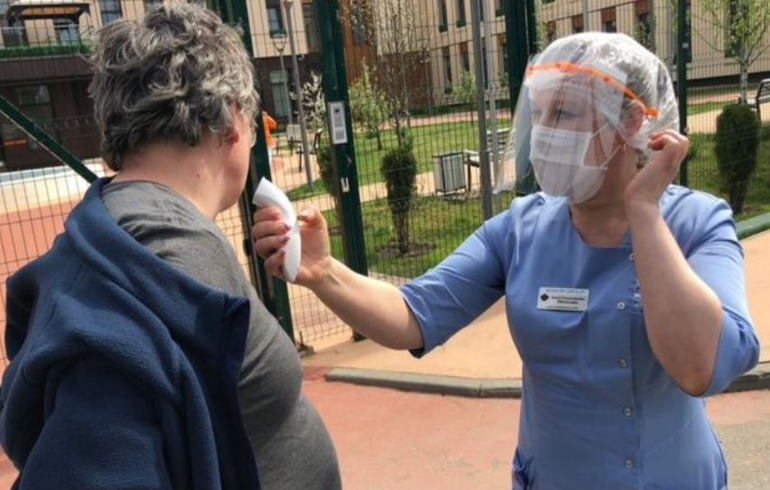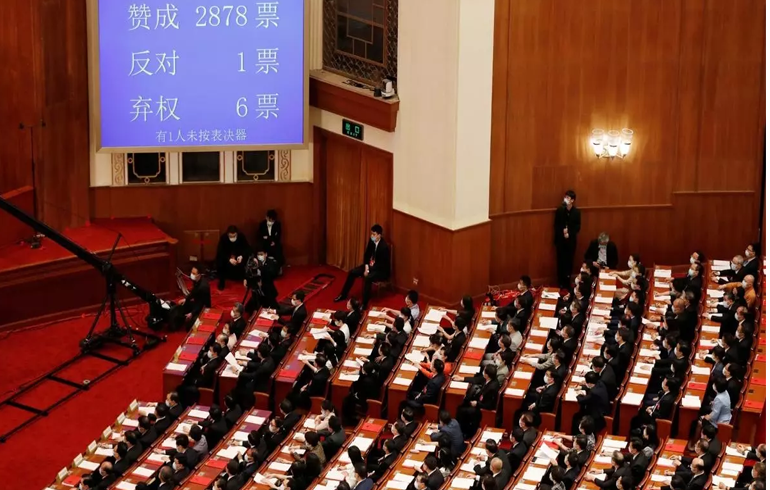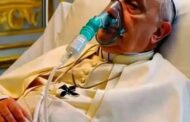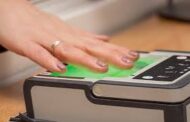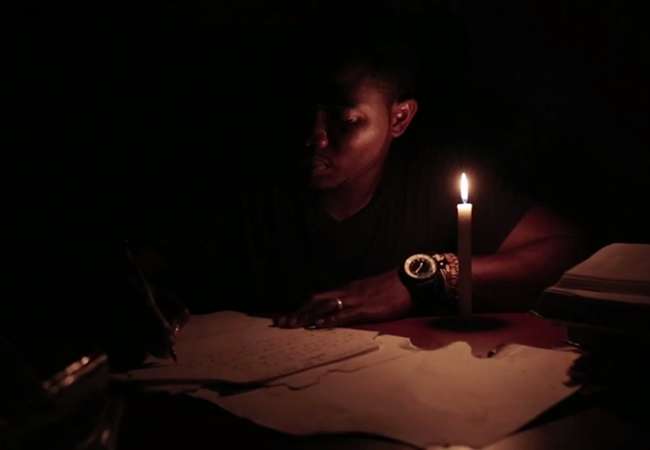Thousands of contact tracers are making their first phone calls to track down people who will be told to self-isolate under new test and trace schemes being launched in England and Scotland.
Tracers will text, email or call people who test positive with coronavirus and ask who they have had contact with.
Any of those contacts deemed at risk of infection will be told to isolate for 14 days, even if they are not sick.
Those who have already had the virus will also be asked to self-isolate.
The aim of the system is to lift blanket lockdown restrictions and move towards more localised, targeted measures.
The 25,000 tracers working for England’s NHS Test and Trace team will start by contacting the 2,013 people who tested positive for the virus on Wednesday.
Health Secretary Matt Hancock said he was confident that the “vast majority of people” would participate in the voluntary system.
“In this war on the virus, ultimately we are all on the same side and we’ve all got a part that we can play,” he said.
The launch of Scotland’s new Test and Protect system comes as First Minister Nicola Sturgeon is expected to announce an easing of its lockdown later.
Northern Ireland has its own version of the test and trace programme already and Wales’ scheme is due to start in early June.
An app to automatically alert people they have been in contact with someone who has tested positive is still being trialled on the Isle of Wight but the government hopes to have that system up-and-running in England by next month.
Boris Johnson’s plans to ease lockdown measures – including to begin a phased reopening of schools from next week – will be confirmed in an official review later.
What will I have to do now?
Anyone who develops symptoms of coronavirus – a persistent cough, fever or a sudden loss of taste or sense of smell – has to isolate for seven days and the rest of their household for 14 days. This is in keeping with rules already in place.
But from now on, everyone with symptoms should ask for a test online or phone to arrange a test by calling 119.
If the test comes back negative, everyone in the household can go back to normal. But if the test comes back positive, the NHS Test and Trace team or local public health teams will get in touch – via text, email or phone call – to discuss whom the person has come into close contact with and places they have visited.
Any of those contacts deemed at risk of catching the virus will be emailed or texted with instructions to go into isolation for 14 days, whether they are sick or not.
They will be tested only if they develop symptoms. The rest of their household does not have to isolate, unless someone becomes ill.
Mr Hancock said people would have to self-isolate on more than one occasion if told to do so by the NHS.
Those who have already had the virus must also self-isolate, as it is not known whether they can still transmit it.
What is a close contact?
Only people who have been “close” to an infected person will be contacted by NHS Test and Trace.
Close contacts are:
people you spend 15 minutes or more with at a distance of less than 2m
people you have direct contact with – such as sexual partners, household members or people with whom you have had face-to-face conversations at a distance of less than 1m
The contact must have taken place between two days before and up to seven days after symptoms appeared.
Will it work?
The success of the scheme will depend on how quickly contacts can be found and whether members of the public follow instructions, a report published by the Royal Society said.
It concluded that between 5% and 15% of infections could be prevented. But the 15% figure depends on finding contacts within three days and 80% of people reporting their symptoms or going into isolation when asked. By comparison, isolating cases and quarantining members of their household is thought to cut infections by 50%.
Prof Anne Johnson, one of the report’s authors, said the system “is an important part in bringing the pandemic under control, but we’re very clear it is not a magic bullet”.
The national coordinator of NHS Test and Trace said the system requires rapid testing in order to be successful.
However, after the prime minister said on Wednesday there was now a target to get test results in less than 24 hours, Prof John Newton added it would be “very difficult” to get home testing kit results in less than 48 hours.
NHS Providers, which represents trusts, welcomed the system launch but said there was still a long way to go to create a fit for purpose regime. The British Medical Association said it was a step in the right direction but would require significant resources and monitoring.
Do I have to do as I’m told?
Health Secretary Matt Hancock said in the daily coronavirus briefing on Wednesday that it is the public’s “civic duty” to follow the instructions of the NHS Test and Trace team.
“This will be voluntary at first because we trust everyone to do the right thing. But we can quickly make it mandatory if that’s what it takes,” he added.
Scientists, including those advising the government, have warned that it will be harder to get public support for such measures in the wake of the row over the prime minister’s chief adviser, Dominic Cummings.
Mr Cummings drove 260 miles from London to County Durham during the UK lockdown because, he said, he was concerned about childcare for his son when his wife became ill.
Labour leader Sir Keir Starmer, writing in Thursday’s Daily Mirror, said Mr Cummings “broke the rules” and claimed the prime minister’s “unwillingness or inability to do the right thing has left the government looking untrustworthy, unprincipled”.
What will the system achieve?
At the moment coronavirus is being suppressed by lockdown restrictions which are applied across the whole of society.
Baroness Dido Harding, the chairwoman of NHS Test and Trace, told Wednesday’s briefing that the scheme is designed to allow national lockdown restrictions to be “traded” with individual isolation – allowing “the vast majority to get on with their lives in a much more normal way”.
Test and trace will also give far more detail on how and where the virus is spreading. Mr Hancock said this information could lead to local lockdowns to tackle flare-ups in towns, schools or workplaces.
Baroness Harding said data from an NHS contact tracing app being piloted on the Isle of Wight – which is not yet ready to be rolled out more widely – suggests people have been within 2m of fewer than five others for more than 15 minutes.
She said 25,000 contact tracers were ready to start work – a number “easily enough” to trace the current levels of new virus cases.
“If anything I’m worried that many of my brilliant contact tracers are not going to be very busy [on Thursday],” she added.
Source: BBC



